Key takeaways
The market’s mood has improved
Positive data in the US, Europe, and China helped improve the global market mood after a rough month.
Where do we go from here?
The banking mini-crisis may put an end to rate hikes sooner rather than later and prevent central bankers from overtightening.
Central banks may diverge.
It seems the European Central Bank may be more hawkish than the US Federal Reserve (Fed) going forward.
In the United States, the third month of the year brings with it a focus on college basketball and March Madness®. As the mom of three children who played basketball for years – including a daughter who wants to play basketball in college – March Madness is an important part of our year.
This year, the term has taken on greater meaning given the madness we saw in markets throughout March. Banking issues appeared early in the month and worsened from there. An extreme “risk-off” environment ensued as classic bank runs occurred in the United States and some bank stress appeared in Europe. We argued these problems were bank-specific and not systemic, and we were confident that policymakers were very sensitive to the risks created by aggressive tightening and were acting quickly and effectively to stem problems.
The market’s mood has improved
As April begins, it appears the issues may have ended, at least for now. The mood in markets continued to improve last week as the VIX fell below 20, credit default swap spreads narrowed somewhat, yields rose for the most part, and stocks rose.1 The banking sector appeared to stabilize with issues at least temporarily abating. That meant a modest unwinding of the risk-off environment as attention returned to economic data, which has been mostly positive for the mood in markets.
Signs point to material improvement in inflation and inflation expectations in the US.
- The February core Personal Consumption Expenditures (PCE) price index increased 0.30% month-over-month in February, which was slightly lower than consensus expectations.2
- What’s more, US PCE core services ex-housing was only up 0.27% in February (3.3% annualized).2 This is very important — this is the category of inflation that Federal Reserve (Fed) Chair Jay Powell is most concerned about because it has been the stickiest.
- The final reading of the March Michigan Survey of Consumers showed a continued drop in consumers’ inflation expectations for one year ahead. Back in October 2022, one-year ahead inflation expectations were 5%; five months later, they are at 3.6%.3
In the euro area, recently released data showed headline inflation dropped significantly in February, helped largely of course by the drop in energy prices.4 Unfortunately, euro area core inflation actually accelerated,4 which is disappointing but not surprising given that the European Central Bank (ECB) started tightening later than the Fed.
The global market mood was also supported by some positive data from China. China’s official services Purchasing Mangers’ Index (PMI) reading was very strong at 58.2.5 This was the highest reading since 2011, and it supports my thesis that China should experience a strong reopening this year as “revenge living” takes hold after the easing of COVID restrictions. In addition, we saw that China‘s property market has made a solid rebound not only in terms of investment but also in terms of prices.6 These developments should be positive beyond China, especially for Asia.
Where do we go from here?
In the last several weeks, I’ve come to the conclusion that the banking mini-crisis may turn out to be a blessing in disguise, ending rate hikes sooner rather than later and preventing central bankers from overtightening and sending economies into a broad recession. I am still optimistic that may be the case, although I must admit that I’m sensing some eagerness by central bankers to return to their pre-March mindset, when it was all about combating inflation.
That may mean one more rate hike for the Federal Reserve (Fed), given the recent moderation of inflation and inflation expectations. However, it could mean a greater level of tightening for the ECB. Yes, core inflation is usually tethered to headline inflation with a lag, and so I would expect it to ultimately follow headline inflation down. But it seems the ECB may be more hawkish than the Fed going forward.
Everything in moderation?
As a mom, one of my favorite pearls of wisdom to my children is “everything in moderation.” That applies to post-Halloween candy consumption for them, screen time for them, buffets for my husband, and basketball mom “ladies’ nights out” for me. And it also applies to the current economic environment.
We don’t want markets getting ahead of themselves, becoming so “risk on” that financial conditions ease and convince central banks they need to do more tightening than otherwise would be the case. And we don’t want the banking crisis to tighten credit conditions so much that it sends the economy into a serious recession; however, I don’t think most market participants would mind credit conditions tightening just enough to convince central bankers to ease off of the interest rate hikes. Similarly, most market participants wouldn’t mind seeing some signs of a weakening US consumer, as indicated in recent personal spending data, or easing in labor market conditions to take pressure off core inflation, but they don’t want to see a very weak US consumer or mass layoffs that send the economy into a deep recession. In other words, the ideal would be a “Goldilocks” environment – not too hot and not too cold. Unfortunately, that requires delicate calibration with a surgical tool, not the blunt instrument that is monetary policy. And OPEC+ has thrown a wrench into things (or as my UK colleagues would say, a spanner into the works) with its surprise decision to limit oil output, which has driven up the price of oil in the past day.
That’s a long-winded way of saying that the path to a semi-soft landing for the economy is narrow, but it does exist – and central bankers might get there in spite of themselves. However, it gives me pause when I hear news of layoffs at many companies.
What’s ahead?
Despite increasing “risk on” sentiment recently, I believe being well diversified and defensively positioned makes sense in this environment. Sentiment can quickly change, as we have seen countless times before. And there remains significant uncertainty. Fixed income is offering substantial yields after years of anemic yields; investment grade bonds look especially attractive and can be an important component of portfolios, in my view. Within the equity space, I anticipate secular growth and defensive sectors such as technology, health care and utilities may perform better. While I am generally cautious, I also believe there are selective opportunities in emerging market assets, especially Asia emerging markets given the China reopening.
Looking ahead, I’ll be paying close attention to Caixin services Purchasing Managers’ Index (PMI) for further confirmation of the robust China re-opening, as well as final S&P Global PMIs for the US, UK and the euro area. Also, the US jobs report will be released this week – the most important data point in this report for me is wage growth. Wishing the economy and markets a good – but not too good – week.
With contributions from Tomo Kinoshita, Paul Jackson and Arnab Das
Footnotes
- 1Source, Bloomberg, L.P., as of March 31, 2023
- 2Source: US Bureau of Labor Statistics, as of March 31, 2023
- 3Source: University of Michigan Survey of Consumers, as of March 31, 2023
- 4Source: Eurostat, as of March 31, 2023. The euro area consists of Belgium, Germany, Estonia, Ireland, Greece, Spain, France, Croatia, Italy, Cyprus, Latvia, Lithuania, Luxembourg, Malta, the Netherlands, Austria, Portugal, Slovenia, Slovakia and Finland.
- 5Source: National Bureau of Statistics, as of March 31, 2023
- 6Source: Invesco from CEIC, as of March 24, 2023
—
Originally Posted April 3, 2023
The market’s mood has improved. Will it last? by Invesco US
Important information
NA2826627
Past performance is not a guarantee of future results.
This does not constitute a recommendation of any investment strategy or product for a particular investor. Investors should consult a financial professional before making any investment decisions.
All investing involves risk, including the risk of loss.
Diversification does not guarantee a profit or eliminate the risk of loss.
In general, stock values fluctuate, sometimes widely, in response to activities specific to the company as well as general market, economic and political conditions.
The health care industry is subject to risks relating to government regulation, obsolescence caused by scientific advances and technological innovations.
Many products and services offered in technology-related industries are subject to rapid obsolescence, which may lower the value of the issuers.
The risks of investing in securities of foreign issuers, including emerging market issuers, can include fluctuations in foreign currencies, political and economic instability, and foreign taxation issues.
Fixed-income investments are subject to credit risk of the issuer and the effects of changing interest rates. Interest rate risk refers to the risk that bond prices generally fall as interest rates rise and vice versa. An issuer may be unable to meet interest and/or principal payments, thereby causing its instruments to decrease in value and lowering the issuer’s credit rating.
Tightening is a monetary policy used by central banks to normalize balance sheets.
The CBOE Volatility Index® (VIX®) is a key measure of market expectations of near-term volatility conveyed by S&P 500 stock index option prices. VIX is the ticker symbol for the Chicago Board Options Exchange (CBOE) Volatility Index, which shows the market’s expectation of 30-day volatility.
A credit default swap (CDS) is a financial derivative that allows an investor to offset, or swap, their credit risk with that of another investor.
Personal consumption expenditures (PCE), or the PCE Index, measures price changes in consumer goods and services. Expenditures included in the index are actual U.S. household expenditures.
The Survey of Consumers is a monthly telephone survey conducted by the University of Michigan that provides indexes of consumer sentiment and inflation expectations.
Purchasing Managers’ Indexes are based on monthly surveys of companies worldwide, and gauge business conditions within the manufacturing and services sectors.
OPEC+ refers to the members of the Organization of Petroleum Exporting Countries (OPEC) as well as other oil-producing nations that are not OPEC members.
The opinions referenced above are those of the author as of April 3, 2023. These comments should not be construed as recommendations, but as an illustration of broader themes. Forward-looking statements are not guarantees of future results. They involve risks, uncertainties and assumptions; there can be no assurance that actual results will not differ materially from expectations.
Disclosure: Invesco US
This does not constitute a recommendation of any investment strategy or product for a particular investor. Investors should consult a financial advisor/financial consultant before making any investment decisions. Invesco does not provide tax advice. The tax information contained herein is general and is not exhaustive by nature. Federal and state tax laws are complex and constantly changing. Investors should always consult their own legal or tax professional for information concerning their individual situation. The opinions expressed are those of the authors, are based on current market conditions and are subject to change without notice. These opinions may differ from those of other Invesco investment professionals.
NOT FDIC INSURED
MAY LOSE VALUE
NO BANK GUARANTEE
All data provided by Invesco unless otherwise noted.
Invesco Distributors, Inc. is the US distributor for Invesco Ltd.’s Retail Products and Collective Trust Funds. Institutional Separate Accounts and Separately Managed Accounts are offered by affiliated investment advisers, which provide investment advisory services and do not sell securities. These firms, like Invesco Distributors, Inc., are indirect, wholly owned subsidiaries of Invesco Ltd.
©2024 Invesco Ltd. All rights reserved.
Disclosure: Interactive Brokers Third Party
Information posted on IBKR Campus that is provided by third-parties does NOT constitute a recommendation that you should contract for the services of that third party. Third-party participants who contribute to IBKR Campus are independent of Interactive Brokers and Interactive Brokers does not make any representations or warranties concerning the services offered, their past or future performance, or the accuracy of the information provided by the third party. Past performance is no guarantee of future results.
This material is from Invesco US and is being posted with its permission. The views expressed in this material are solely those of the author and/or Invesco US and Interactive Brokers is not endorsing or recommending any investment or trading discussed in the material. This material is not and should not be construed as an offer to buy or sell any security. It should not be construed as research or investment advice or a recommendation to buy, sell or hold any security or commodity. This material does not and is not intended to take into account the particular financial conditions, investment objectives or requirements of individual customers. Before acting on this material, you should consider whether it is suitable for your particular circumstances and, as necessary, seek professional advice.





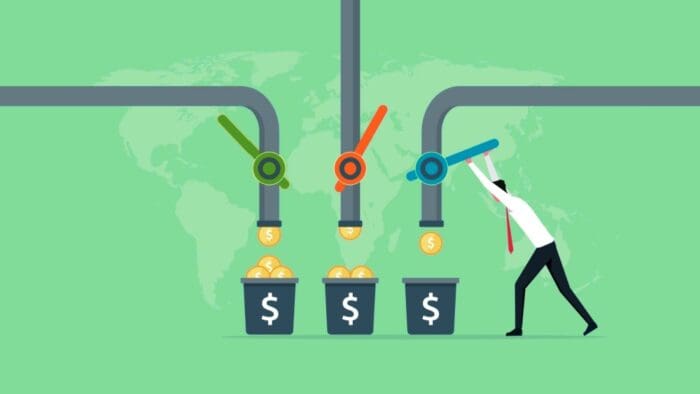
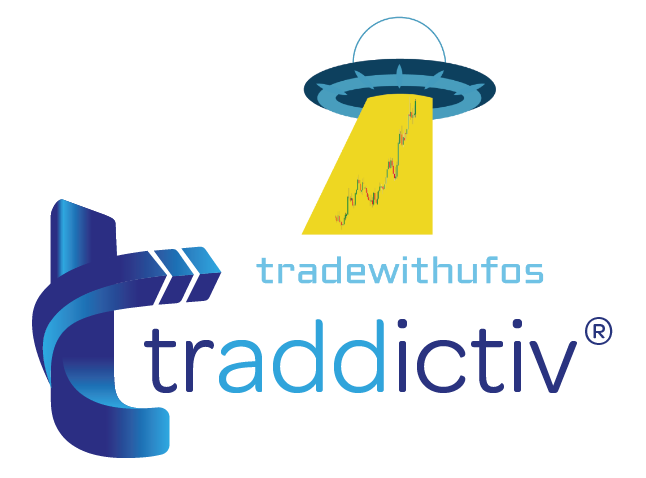

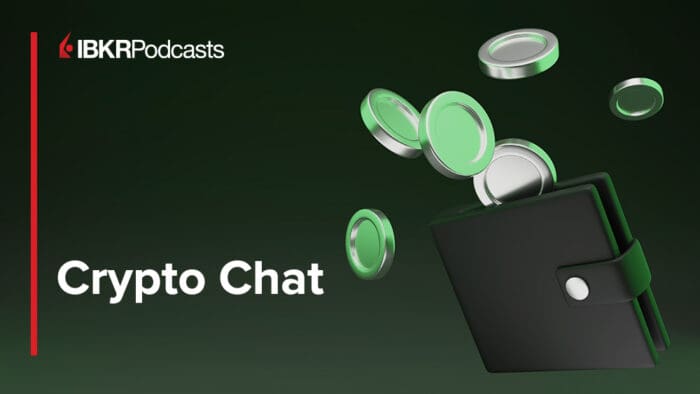

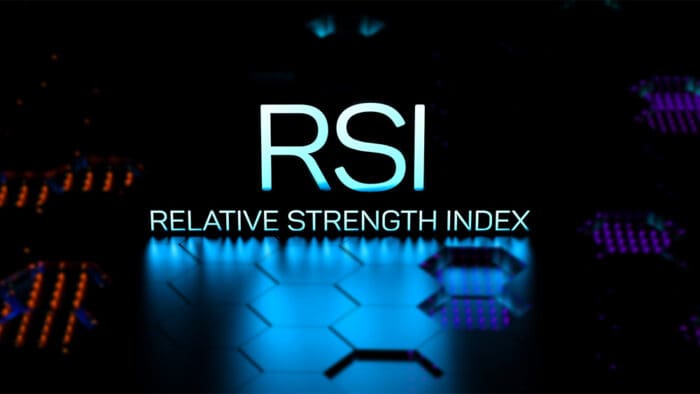

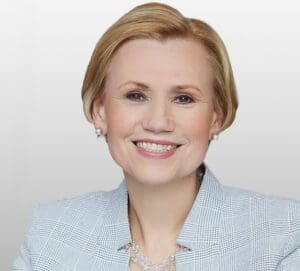



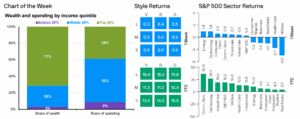

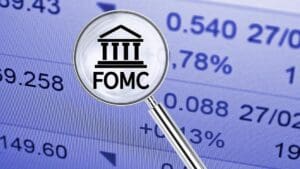

Join The Conversation
For specific platform feedback and suggestions, please submit it directly to our team using these instructions.
If you have an account-specific question or concern, please reach out to Client Services.
We encourage you to look through our FAQs before posting. Your question may already be covered!